We are back for the unofficial part four of Marketing All by Yourself. Now, while everything in this column today will lean towards those independent publisher/author hybrids, authors with traditional contracts will be able to benefit from what I have to say, as well. At the end, I’ve also got some book recommendations, too. So let’s get going!
Act like a Professional. People write books for a variety of reasons. Some have always wanted to be called authors. Other people have always had a story burning in their hearts. Some use writing as an escape. The reason doesn’t matter. What’s important is that you know why you’re doing this. This is why I tell people they should organize the W.I.P. with project management skills and their writing life with a business plan. Every descent business plan forces you to ask yourself “Why am I doing this.” If you can honestly answer that question, then I think your marketing efforts will start to fall in place.
If writing is your hobby and you simply enjoy being called an author and writing books, then your motivation to do content marketing and shake hands with strangers may be really low. That’s OK. But if you’re trying to make the books you write into a substantial part of your income, then your urgency needs to go way up. Neither is wrong, but you have to make sure your priorities are aligned. Ask yourself, Why am I doing this? All your marketing motivation energy will come from the answer to that question.
What do your book covers look like? I have a friend who writes books as a hobby and is really good at drawing anime style characters. Consequently, after writing his novels he designs his own covers and puts them up on Amazon. The problem is that he writes space opera and his covers don’t look anything like the genre he writes. So when he does sell the occasional book he gets fair to middling reviews based on the expectations the cover produces.
Are the covers you’re commissioning meeting the expectations of your genre? Do you know those expectations? If you don’t, do this: Go to your book on Amazon. Scroll down until you get to “Product Details,” then scroll a little further until you get to “Best Seller Rank.” Click on that and check out the top 100 books in your genre. What do those covers reveal? How are they alike? How are they different? Are there patterns in color schemes? Are there models on the cover? Are their backs to the reader? Can you see their faces? Every genre has a trend when it comes to covers and you need to hit yours. Contrary to popular opinion, people do judge a book by its cover.
For traditional authors on book covers: I spoke with author Aimie Runyan about her experience with covers and she informed me that many publishers are willing to have a conversation about your book cover. However, these conversations are a courtesy. The publisher is not obligated to take your suggestions at all. So be polite, professional, and have your evidence. Finally, thank them even if you lose on the cover issue.
Read in (and out of) your genre. Genre, in my humble opinion, is all about tropes. Those satisfying things authors do that let you know what genre this is. The biggest example is the Happily Ever After in Romance. In historical fiction, at some point the characters have to do some old timey task like start a fire, or hand sew a garment.
Is your story fulfilling the tropes of your genre? Do you read your genre to know what those tropes are? You could be the clever author who subverts tropes, but you’ve got to know what they are first, so read in your genre! Read broadly and heavily so you know what everyone else is doing.
More importantly, is your skill as a writer getting better? While you absolutely must read in your genre, have you made time to read broadly, as well? I have learned many literary tricks by reading George RR Martin, George Orwell, and others. I incorporate them into my stories, which makes me a better writer.
Quantity has a quality of its own. How many books have you published? This may be the reason my marketing tips haven’t worked for you. See, the invention of the Kindle has enabled the rise of the Whale Reader. These people will read a book a day. They love getting lost in a series and they love reading everything an author has to offer. However, if you’ve only got 1-3 novels out, many of the Whale Readers will ignore you because they don’t want to fall in love with your stories and have to wait a year before the next book comes out. They buy the series where the author has seven books out and publishes one every 6-10 months. Think Dime Store Novels.
I’m not suggestihg you sacrifice quality for quantity. Just know that speeding up your publication time table might help with your book sales. Also, the more books published, the more likely someone will randomly find a title of yours, fall in love with it, and then go buy your back catalog. This, of course, requires a back catalog.

Patience. In the movie “Remember the Titans,” Denzel Washington tells Coach Yost, “We run the Veer offense. It’s like Novocain, eventually it will work.” The same thing is true with marketing and content marketing. Give it enough time and it will work. Will you have to tweak it? Yes. Will you have to react to the market at times? Absolutely. My personal experience is that it’s taken me three years to build an email list of 250+ names. During this time I didn’t publish any books. All I did was teach at writer conferences and talk at geek cons. Had I been actively publishing, who knows how big my list could have been.
Be Charming: The days when an author could be a curmudgeon and hide behind their books are over. You need to go out there, and to borrow a phrase from the ladies, put your pearls and your war paint on. Smile at stupid stories, shake hands, kiss babies, and act like a politician. Remember, marketing now is about creating relationships. People want to know the author they’re reading, if they can. They want to believe they’re your friend. (Believe me, this works. I have actually sold books off of charm alone.)
Book Recommendations.
Let’s Get Digital: Author David Gaughran started it all with this early book on the hows and whys of self-publishing. He even throws in advice on marketing, brand building, and social media use. Recently, he published the 4th edition, so everything is up to date.
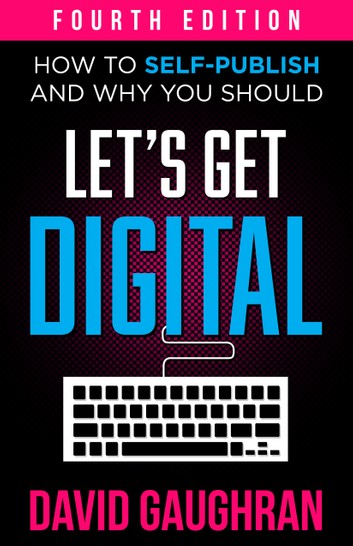
Newslettere Ninja: This book is both a philosophical tract on why you should build your email list and a technical manual on how to do it. It is the holy gospel of email list building and management. BUY. THIS. BOOK. Be warned though: Many of the topics are technical and unless you have an account with Mailerlite or Mailchimp, along with a website or landing page, many of the topics won’t make sense. So get those done first.
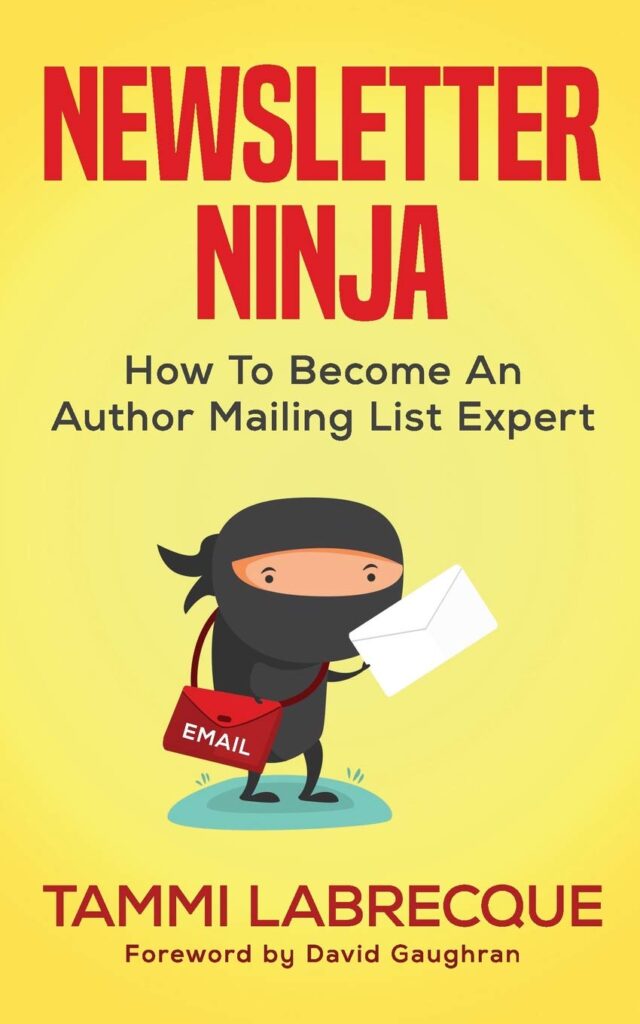
From Strangers to Superfans: This book details the five stages in the reader’s journey and how you can help the reader get to the super fan who buys all of your books. Very insightful.
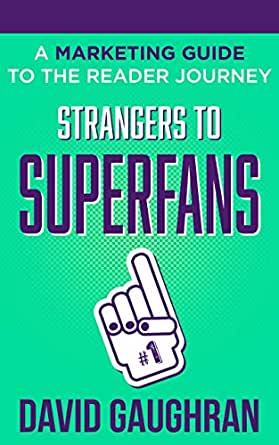
Release Strategies: Whether you’re traditionally published or an author-publisher, Craig Martelle’s book has a lot of insightful ideas on how to manage the release of a novel. Check him out.
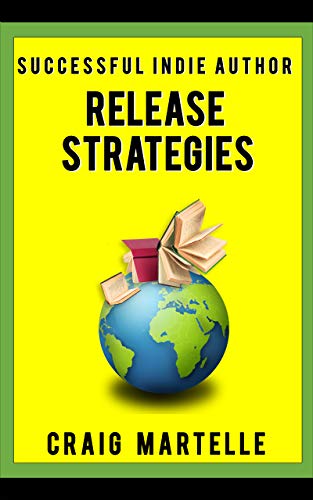
Book Reviewes Yellow Pages. Once you’ve been hooked on how to do it yourself, you’ll need reviewers who’ll actually read your stuff and put reviews on Amazon for you. This is what this book is for. It is a list of hundreds of book review sites you can send your book to for a review. It’s a game changer when it comes to marketing and getting those Amazon reviews.
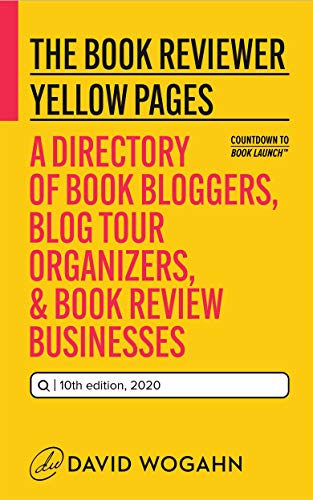


Jason,
Thank you for all of your marketing segments. I’m still a bit gun shy, but hearing from someone that I’ve actually met, helps me.
Thanks for flowing this together Jason. I like the clear way you laid out the steps and resources. I made note of one specific thing you wrote: “Why am I doing this?” My answer(s) will frame what should be in my plan and, as you wrote, its urgency of execution.
Thank you Dave. Thank you Rainey. I know this stuff is uncomfortable for everyone. We are artists who want to entertain with our stories, not marketers. But I recently went through this process myself. I got a midtier subscription to Bookfunnel, at $15/a month. This past winter (Jan + Feb.,) I wrote a novel. I slapped a cover on it from an artist at fiverr.com, and announced its release the Tuesday before Thanksgiving. Now, I use Mailerlite to capture emails, and I connected Bookfunnel to Mailerlite, and I required that an email be given before a free download of my book could occur. I then marketed it intermittently on Facebook, Twitter, Instagram, & Linkedin. So far there have been about 98 downloads of the book with 90 names agreeing to stay on my list. (Some people will signup, download the book, then drop out of your list, which is fine to me.)
I also joined three group promos on Bookfunnel. (They have another side devoted to readers, so my book there has an audience.)
I think 90 new signups in two weeks is pretty good. In January, I’ll let you know how many names I do have.